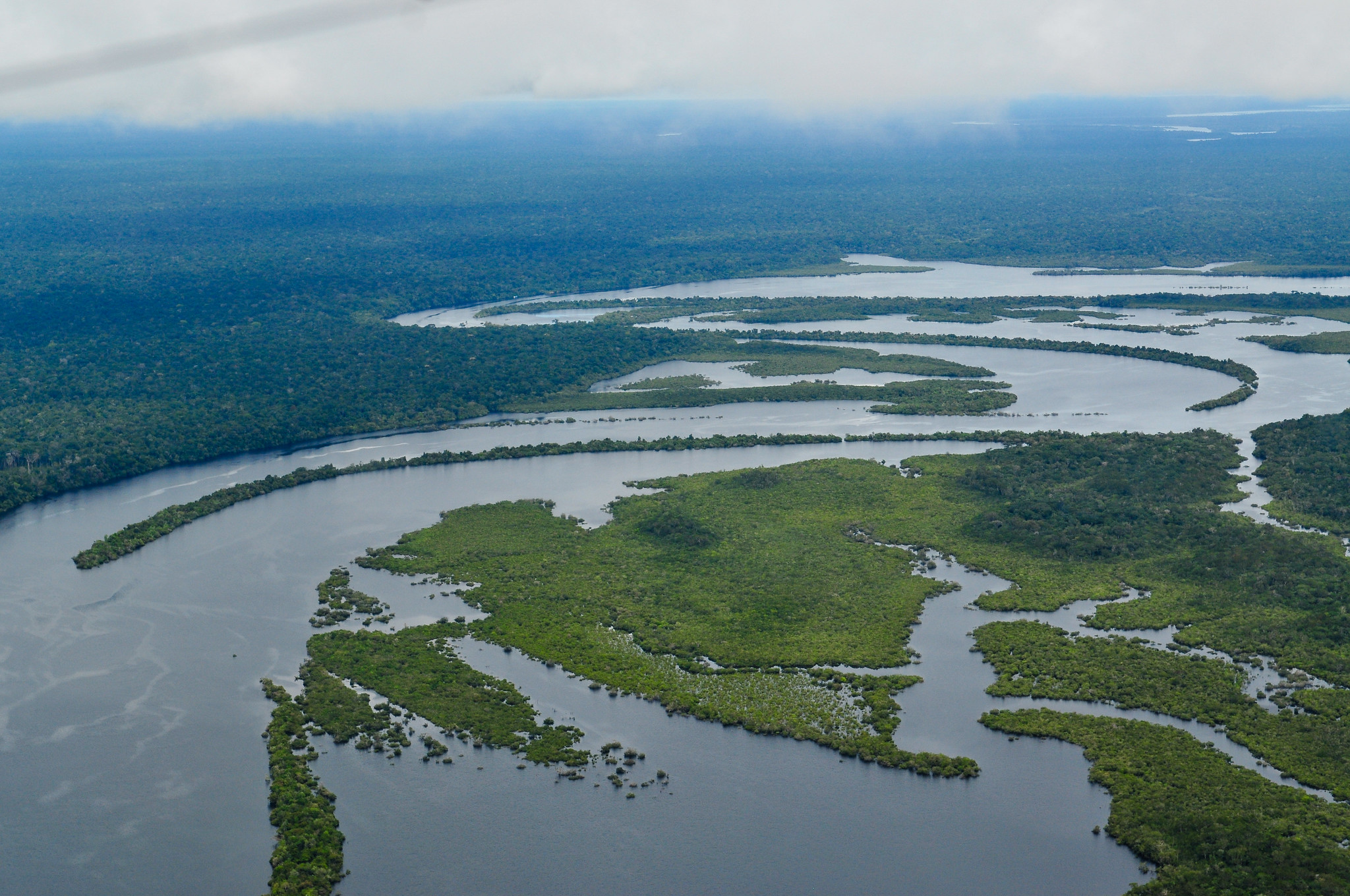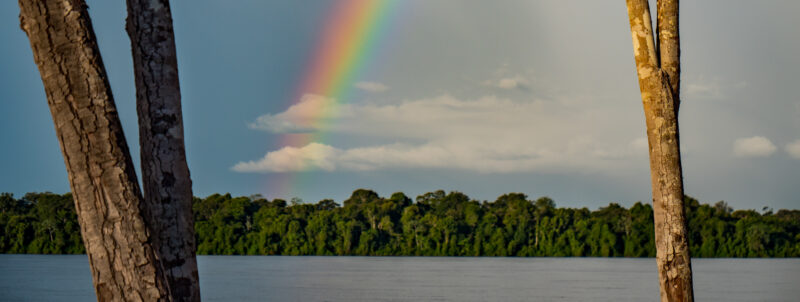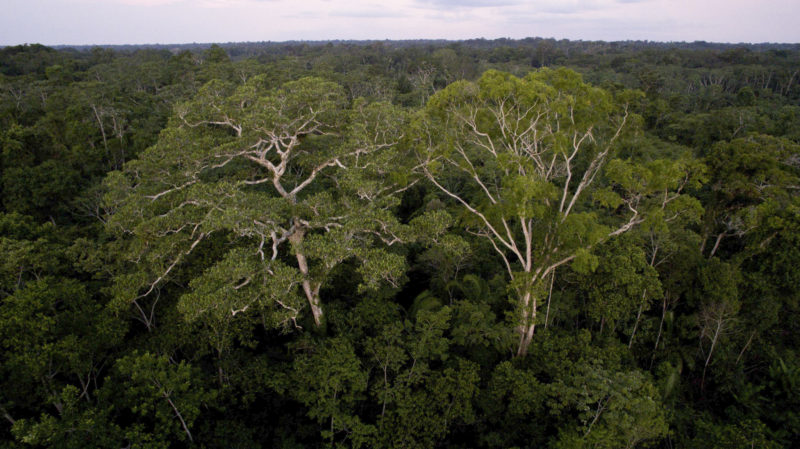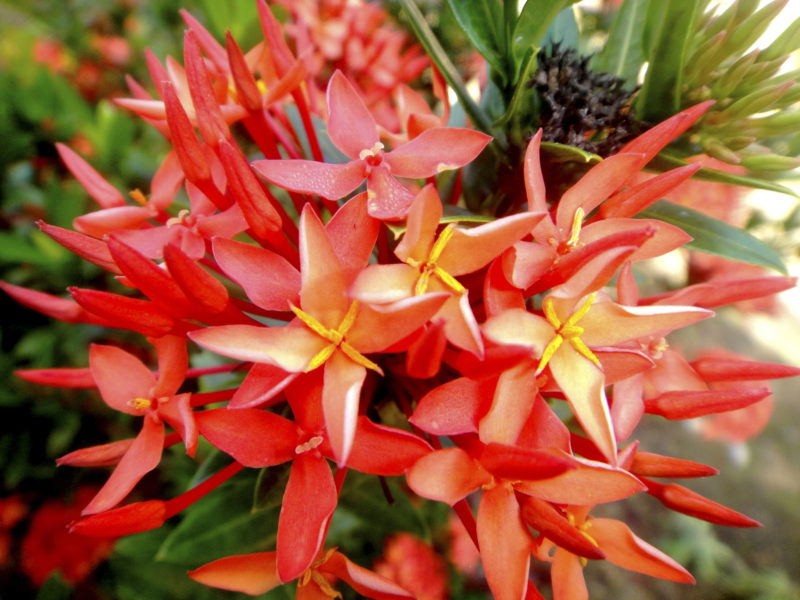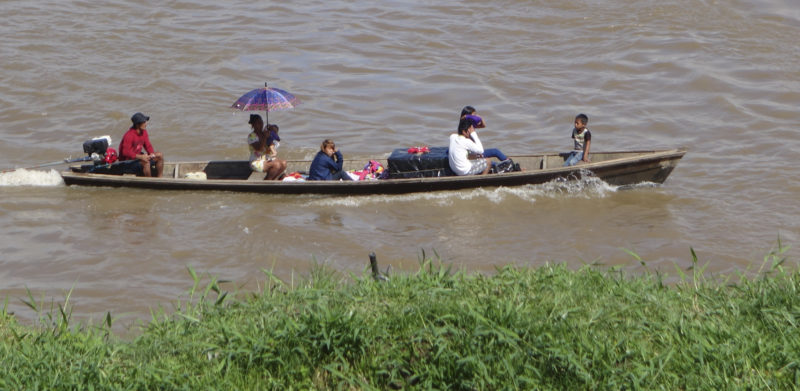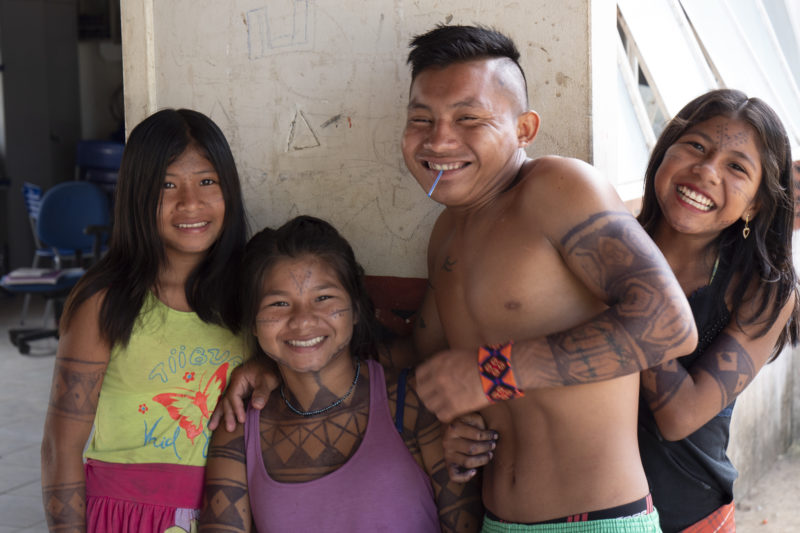Brazil
Brazil is the world's largest tropical forest country - by far. One third of the world's remaining rainforests are located in Brazil, and the Brazilian part of the Amazon is even bigger than the size of India.
Brazil is the world’s largest tropical forest country – by far. One third of the world’s remaining rainforests are located in Brazil, and the Brazilian part of the Amazon is even bigger than the size of India.
Stopping deforestation of the Amazon is crucial to solve the global climate crisis, and to protect the lives of those who live in and around the forest. After many years of alarming forest loss, Brazil started implementing a comprehensive strategy to reduce deforestation in 2004, which gave immediate results. This is why Norway entered into a forest partnership with Brazil in 2008.
Large areas have been turned into conservation areas. Hundreds of indigenous land areas have been protected. This has slowed down deforestation considerably.
From 1978-2010 a forest area of more than 550.000 km² – the size of France – was destroyed. By 2017 annual deforestation was only 1/3 of what it used to be a decade ago, thanks to firm actions by Brazil.
However, the uptake of carbon dioxide by these forests has previously been much higher than today. New studies indicate that while most of the rainforest still retains its ability to absorb large quantities of carbon, areas that are deforested or degraded appear to have lost this capacity. Scientists have also started to worry that these forests could begin emitting carbon within a few decades, thus turning from a carbon sink into a carbon source and further accelerating climate change. Thus, preserving the Amazon is vital to fight climate change.
At least 10% of the world’s known biodiversity can be found in the Amazon. The plants, birds, mammals and fish of the Amazon provide food and natural resources to the people living in and by the forest. But the giant biome is also the gene bank of the rest of the world. If the forest disappears, so do many of its species.
Half of the yearly rainfall pours down from clouds blown inland from the Atlantic. The other half comes from the trees and plants themselves, through water vapor exchange with the atmosphere. This is essential to rainfall patterns in Brazil and in the whole region.
More than 2 million belong to various indigenous groups. Brazil, under its 1988 Constitution, has set aside about one quarter of the Amazon basin as indigenous reserves. Studies show that indigenous reserves and parks help slow deforestation.
Most of the deforestation in Brazil is due to the development of large scale, industrial agriculture, like cattle pasture, soy farms, and pulp and paper.
Mining, the building of dams and the development of new settlements has also deforested large areas. Road construction has opened remote areas to illegal logging and land speculators.
Norway’s Climate and Forest Partnership with Brazil
In 2008, Norway and Brazil entered into a partnership on climate and forest through a Memorandum of Understanding. Norway pledged to contribute up to 1 billion USD by 2015 to the newly established Amazon Fund, if Brazil managed to reduce deforestation sufficiently. In 2009, Brazil launched new targets to cut greenhouse gas emissions from deforestation in the Amazon region by 80% by 2020.
From 1996-2005, the average annual deforestation of the Amazon was 19.600 square kilometers. Then, from 2009-2018, the average annual deforestation levels were only a third of this.
In 2015, Norway´s billion-dollar pledge was fulfilled During the UN Climate Summit in Paris in November 2015, the Governments of Brazil and Norway announced that they would extend their partnership until 2020. The results-based partnership is based on Brazil’s increased ambition to reduce deforestation and forest degradation.
By 2018, Brazil had received from Norway a total of nearly 8.4 billion NOK (equivalent to approximately 900 million USD) for reduced emissions from deforestation.
The money is largely transferred to the Amazon Fund, a fund designed and controlled by Brazil. The purpose of the Fund is to manage and distribute support to sustainable development, reduce deforestation and improve the livelihoods of indigenous peoples and local people in the Amazon region. The Fund is administered by the Brazilian Development Bank, BNDES, and Norway is member of the steering committee of the Fund.
Norway only pays Brazil when it reduces deforestation. The money is then spent on co-financing Brazil’s action plan to further reduce emissions through contributions to the Amazon Fund.
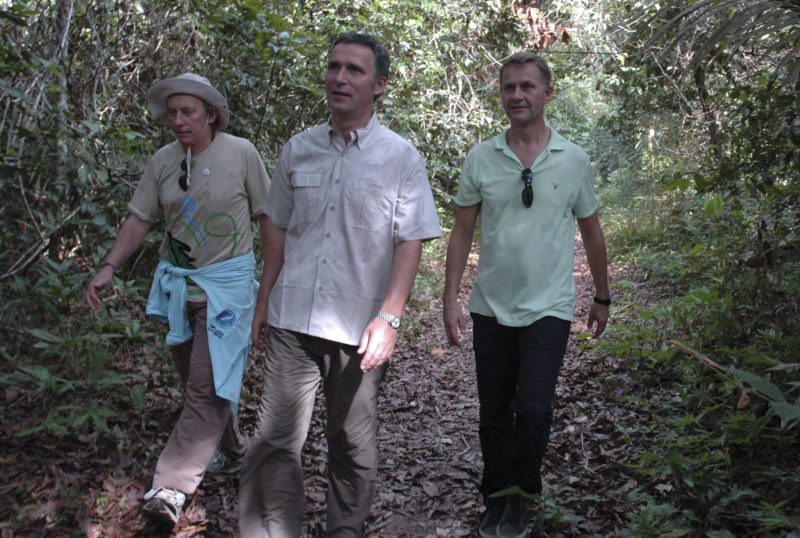
What has the Amazon Fund resources gone to?
- Protection of 96 indigenous territories and support of indigenous peoples in Brazil to sustainably manage their forests.
- Protection of parks covering 1 million square kilometers of rainforest. This equals the area of Germany, Norway and Finland combined.
- Registration of properties in the environmental register (CAR). Registration of properties is a prerequisite to knowing who are responsible for illegal deforestation.
- Law enforcement and support to environmental policing through the Brazilian environmental authority IBAMA.
- Combatting forest fires.
Since Brazil started its forest reforms about fifteen years ago, Brazil has made reductions of 5 billion tons of CO² from reduced deforestation. This is equivalent to about 70 years of Norwegian emissions. This is perhaps the single most important climate mitigation measure by any country in the world. Norway has, from 2009 onwards, paid for approximately 5% of these results.
New Policies
In the beginning of 2019, the new Brazilian administration decided to unilaterally change the governance structure of the Amazon Fund, in breach of the agreement with Norway. Meanwhile, Brazil has reduced significantly its efforts to uphold Brazilian forest laws, leading to rapidly increasing deforestation.
In June 2019, Norway decided to freeze remaining money in the Amazon Fund. This will remain in place until the Brazilian Government demonstrates a renewed will to reduce deforestation and reinstate the Amazon Fund governance structure.
Recent deforestation figures – as of March 2020 – show that deforestation has increased substantially in the Amazon since these changes were made.
Dialogue between the two countries continues.
Deforestation Rates and Payments
| FOREST YEAR | DEFORESTATION | NORWEGIAN PAYMENT (Mill NOK) |
|---|---|---|
| 2006/2007 | - | 100 |
2008
| 12911 | 600 |
2009 | 7464 | 850 |
2010 | 7000 | 1000 |
2011 | 6418 | 1000 |
2012 | 4571 | 1000 |
2013 | 5891 | 900 |
2014 | 5012 | 1050 |
2015 | 6207 | 850 |
2016 | 7893 | 350 |
2017 | 6947 | 600 |
2018 | TBD | TBD |
| Total | 7031 (Annual average last 10 years) | 8300 |

